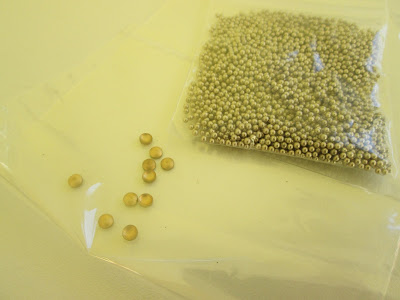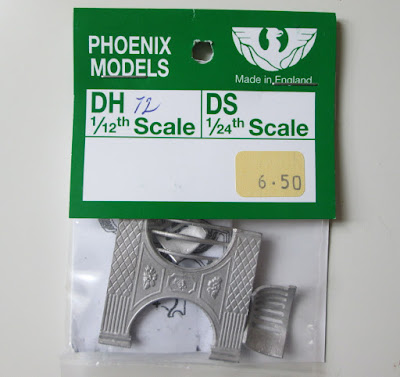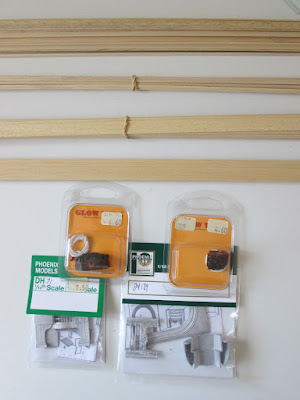I have been fiddling around with making a chimney breast and fireplace for the dining room. The current notion is to do all of these through the house before coming back to cracking on with the ground floor rooms. I am driving myself nuts with 'do I want the fireplace at the back or side of the house?' Legitimately in a Georgian house they could pretty much go where they like - they have chimney stacks all over the place on fair size houses BUT with the more usual terrace, such as this one, they are decidedly on the side walls - the stacks being 'shared' between the adjacent houses. Last time I was in Edinburgh I saw some stacks with as many as twenty!!! pots on them.
So I am being a 'good girl' and sticking with that notion although that means more of a challenge with the wiring, less visually attractive furniture placing - ending up with the back of a sofa facing the viewer for example and no real sight of the fireplace after all that bother......... just while I was typing that I switched back to having them at the back of the room facing the viewer - after all this is a dolls house not an architectural model!
So, I have no idea where they will end up........but here is the start of the process.
The chimney breast is a kit from Dolls House Cottage Workshop. Chris W does several sizes of chimney breasts and his site is really worth a tour for all sorts of reasons. His trims are the very best I have found. Beware you may end up buying a new project!!
Start by gluing the three front pieces together. Lovely quality wood, perfect cutting and no warping; unlike the home made one I made on a previous project.
Then the back pieces go on. if you have something with a good 90 degree side it does help get them spot on. My corner block is a small one so I ran it up and down the side edges a couple of times to check the verticals and that the wood was edge to edge.
Before the glue sets up completely it is a good idea to see that it will stand unsupported - again, unlike the home made one which wanted to fall on its face every time it was released.
At some stage when it is bone, bone dry (days later) give the joints a fine sanding to make them silky smooth or wallpapering.
I totally love the things that Phoenix Model Developments make and have always used their fires where I could. This time the whole house will only have their fire grates in it.
There is one small caveat and only because I am so fussy..... if you are putting in the lighted coals you need to consider the relationship between the wire and the grate. Do a sort of dry build and look at the diagram and figure out where you want the wire to appear and then exit from the fireplace. In this particular model I didn't want the white wires to be coming down the front of the back plate of the fire - hope that makes sense. It is very easy to drill a hole (it is very soft metal) with just a little hand drill and the wire can go where you want it to. Also, as the metal is very soft you can always finesses the fit of the parts with a little squeeze if needed. It rarely is.
The grate with the wire coming out of the back rather than dropping down and being visible at the front.
I have probably chosen the wrong fire to do this demo with as it has its own surround which covers the usual visible brick fire box that grates go in. Here's a diagram of the usual construction:
Even though it wasn't really needed it seemed right to still build a firebox for behind the fire and to fill any tiny gaps between the fire and the surround.
A very kind mini chum sent me some foam-board (thank you) to have a go at making walls and cupboards and such like. I thought this box would be a good stepping off point as it wouldn't be seen. I marked up the opening I would need, gathered a scalpel and steel ruler and away I went. I remembered the tip to cut it in three or more strikes of the knife, let the knife do the work, don't apply pressure and try the cut a nice squared off edge. I did OK for my first go at the promising future relationship of foam-board and I.
All glued together and right angle joins not bad, measuring lengths not so good!!
Painted black in hopes it would 'disappear' it if it showed any where. also made a corresponding hole for the wires.
Test fit the front. Seems OK.
As I said, this is a bit of an odd one as the firebox is now invisible behind the finishing plate around the grate.
Ultimately the chimney breast and fire box and grate will be fixed in the room and the wallpapering done before the fire surround goes in place. Much easier to paper first than to fiddle around a fireplace.
I have ordered a hearth made of Decrastone - a mix of stone and resin - from Dollhouse Flooring . I should be with me - cut to size and polished - when I get back from a few days away, so that should be my next post.
(09/05/16)










































